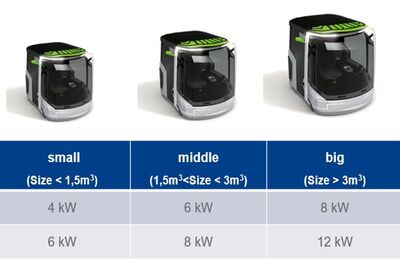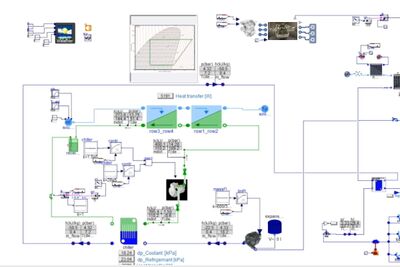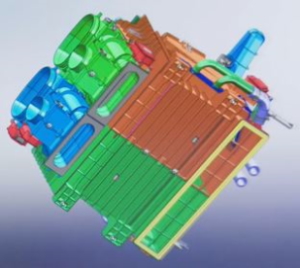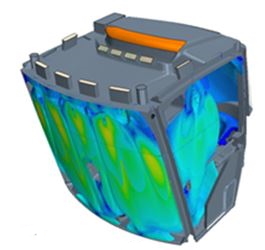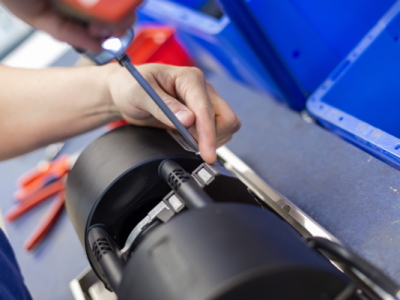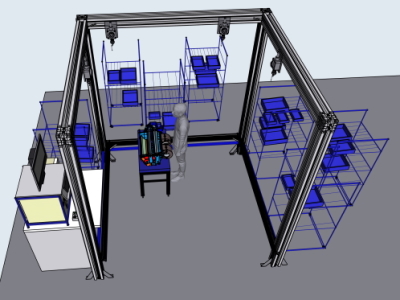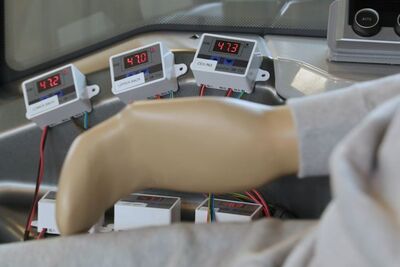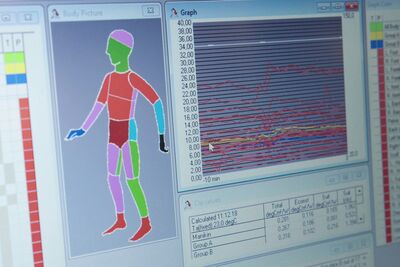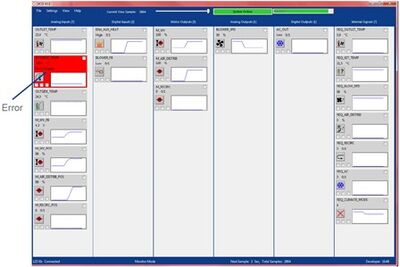
Maximum feel-good climate
can be measured
Our innovative “Thermal Comfort” method is trailblazing for the future development of custom-fit HVAC solutions. Instead of cost-intensive special designs, we rely on our state-of-the-art simulation method to exactly calculate the feel-good climate in the operator’s cab, thanks to a special measuring manikin with hundreds of sensors.
Based on the acquired data, we develop HVAC solutions that are perfect for the individual application. Then, the corresponding requirements are matched standard components, resulting in perfectly efficient solutions with the best price-performance ratio.
Please refer to the individual development stages for detailed information on each individual project phase. Just click here.
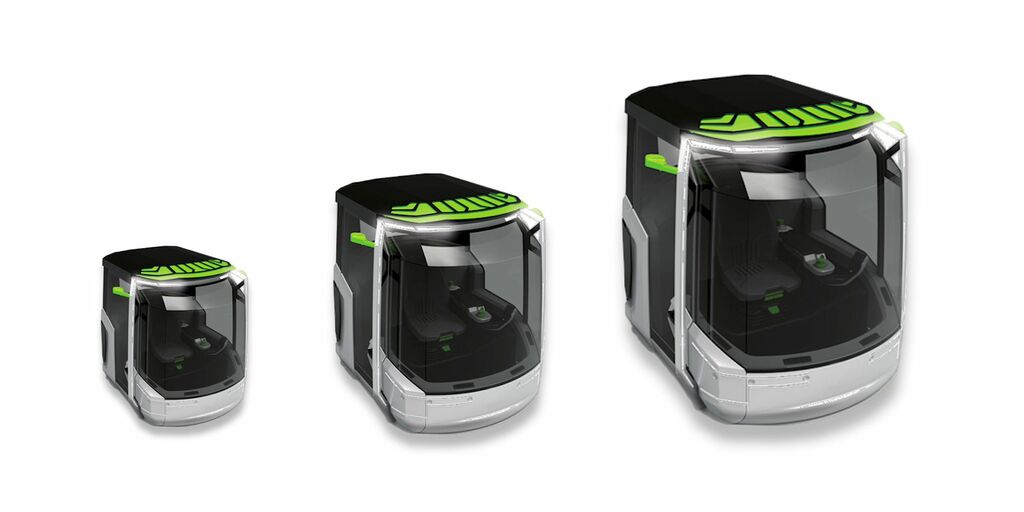
The basis: Modular serial parts and components
The comfort in cabins and vehicles is based on the modular AURORA system components, that have already proven their performance in series vehicles. Depending on the requirement profile, different components are selected.
- In principle, cabins can be devided into 3 sizes and thus into 3 performance ranges.
- Standard configurations are defined for each size.
By using already validated components, the development effort can be reduced to a minimum.
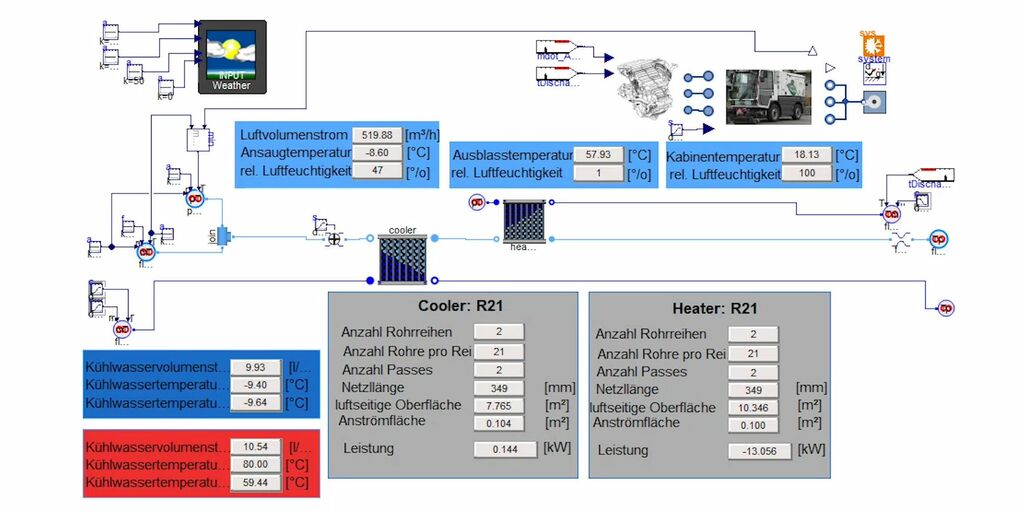
Highly efficient: 1D-Simulation
In the first step, we model a proven HVAC systems using computer-aided 1D-simulation. In this way, we determine important decision-making bases for the system design even in the early concept phase.
Our goal is, to model the system from the very outset in such a way, that it fits the individual application.
Of course, not only existing installation spaces, but also the physical properties of the individual components are taken into account.
Even at this early stage, we simulate and evaluate the interaction of the individual components in the actual installation situation and under realistic operating conditions.
For this, we rely on a proven software from the automotive industry: DYMOLA. With DYMOLA, components, complete cooling/heating circuits as well as the entire thermal management can be simulated in a stationary and transient manner.
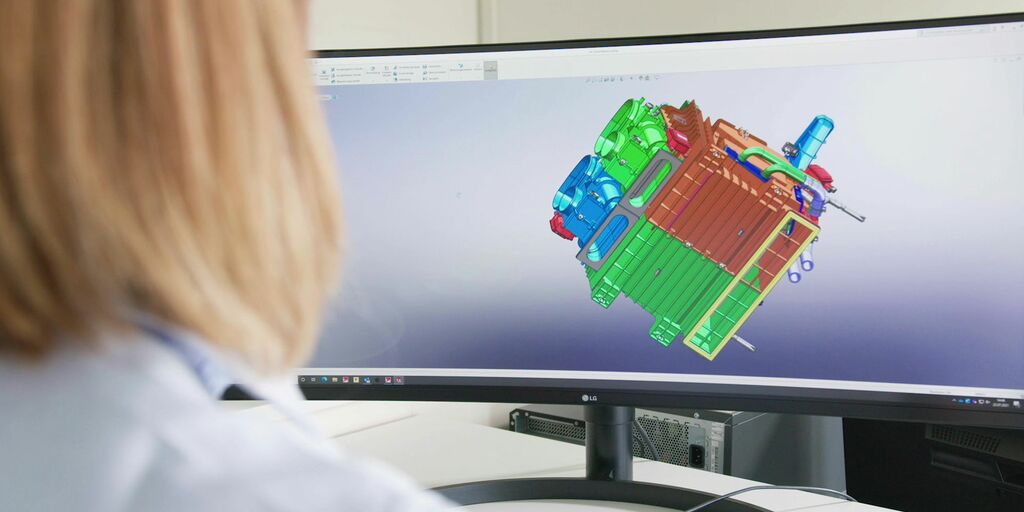
Precise analysis: CAD-Design
Only when this development step has been successfully completed, the actual computer-aided design of the components take place using Solid Works Simulation.
By using a portfolio of structural analysis tools, the real physical behavior of a product will be predicted by virtual testing of CAD models with Finite Element Analysis (FEA). The portfolio of Solid Works offers linear, non-linear, static and dynamic analysis functions.
Furthermore, even in this development process the fluid dynamics of the component are calculated by means of a first CFC simulation. This is an early evaluation opportunity, where the first improvement measures can already be derived.
In addition, the optimal design of molds for necessary plastic parts can be determined using the injection molding simulation and analyzing software that is integrated in Solid Works and Solid Works Plastics.
The outcome: parts and components optimized for performance and reliable molds for high-quality series parts.
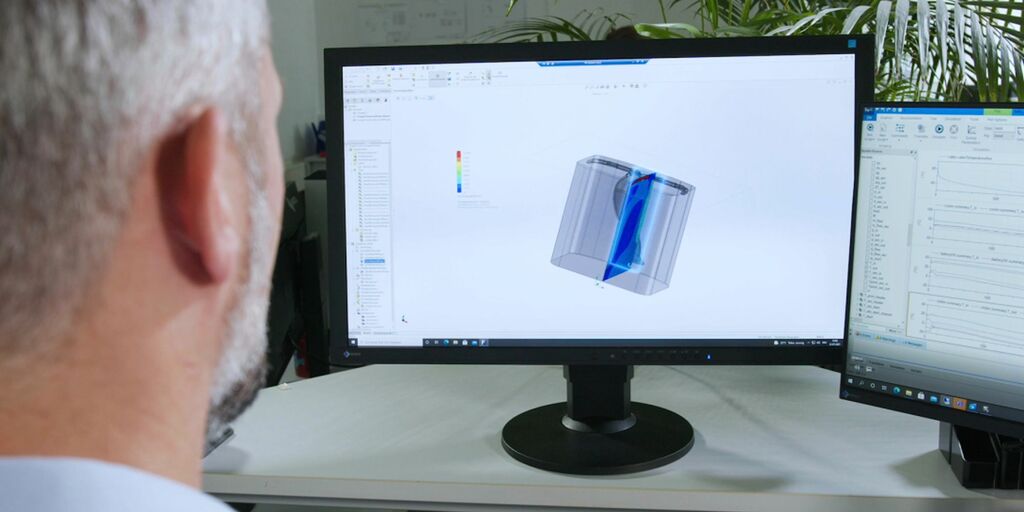
Virtual in use: 3D-Simulation
Subsequently, the component developed is tested by means of 3D-simulation in a wide variety of application scenarios.
Proven software is utilized at this stage, too: Siemens FloEFD, an MCAD-embedded CFD simulation tool for simple, fast, as well as robust and accurate flow and heat transfer analyses. AURORA not only simulates the air flow of the air conditioning system and possible pressure losses / air volume distribution in the pipes, but also the arrangement and flow velocity of the air outlets and the respective temperature distribution in the cabin and on the windshield.
Our goal: comfortable temperature and high-quality air distribution in the cabin.
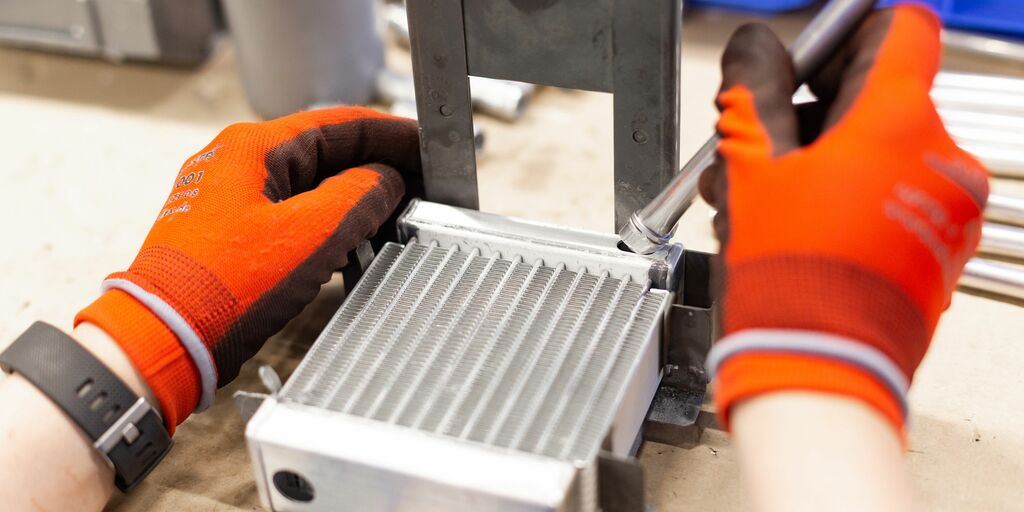
Close to series production: Prototyping
After successful 3D-simulation, we can quickly and flexibly produce virtually validated prototypical parts and components. The validation of the actual performance is carried out also in three stages on the basis of the parameters defined at the beginning of the project:
- Validation of the single component
- Validation in the actual installation situation of the cabin
- Validation in the entire vehicle
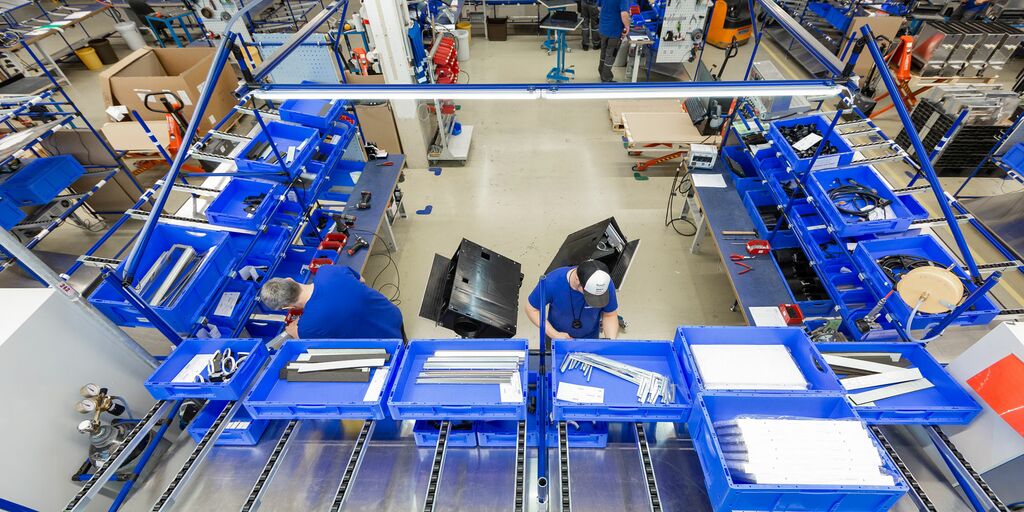
Industrialization
Very early we concern ourselves with the topics of the series production process:
- Evaluation of manufacturability
- Definition of production process
- Concept for production equipment / layout and end of line testing
- Logistics concept, etc.
All validations can be carried out by AURORA itself.
The mission: prototypes in the quality of the later series part.
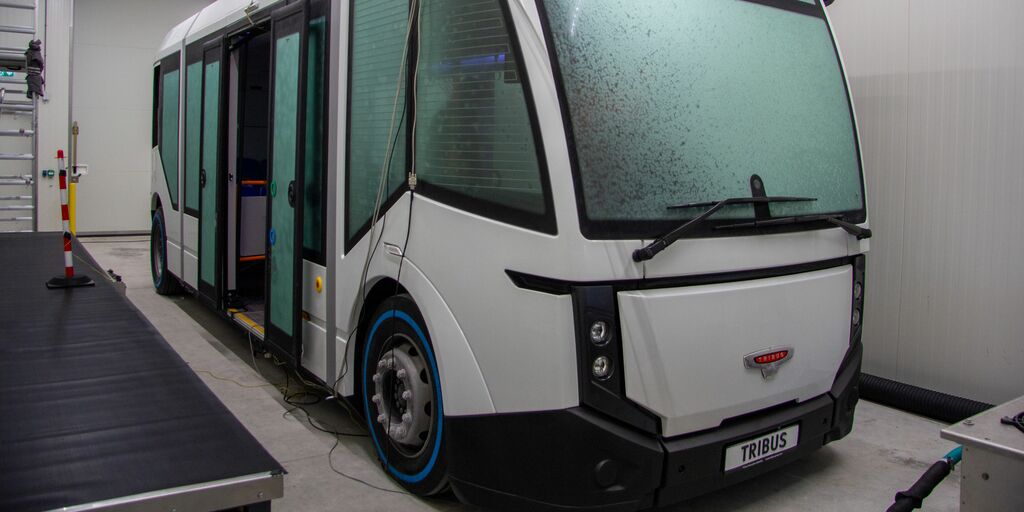
Validation in the vehicle
In our AURORA Climate Halls in Mudau (D) and Nünen (NL) fit vehicle up to 49 feet in length and 10 feet wide. Here we offer a complex test environment in which we can validate the performance of our systems in almost any vehicle under a wide variety of climatic conditions. Additionally, our climate chamber in Grand Rapids (USA) is perfectly suited for smaller applications.
Coupled with our professional competence and precise measurement technology, this ultimately represents the highest standard of simulation – even of extreme environmental conditions. Because in our Climate Halls we can not only generate arctic cold of up to -46°C and desert-like heat of up to 50°C, but also regulate the relative humidity up to 70%. By using infra-red emitters, we can even simulate solar loads of up to 1.500 W/m².
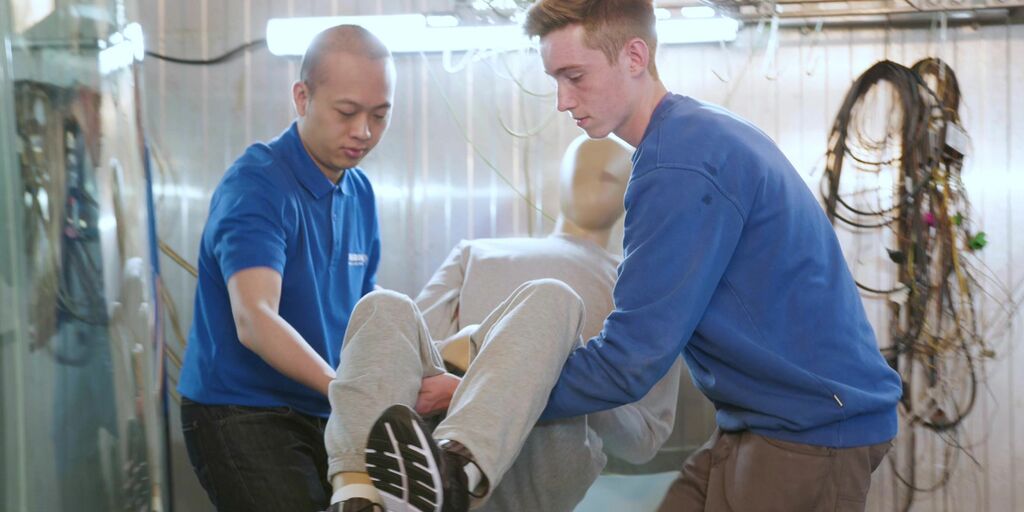
Sustainable well-being: Thermal Comfort
When the technical values of all these development stages show optimal results, AURORA uses state-of-the-art climate measuring manikins to determine the actual comfort achieved. Because thermal comfort is a subjective sense of temperature. Based on scientific physical parameters the subjective feeling was defined in the software used by AURORA. This makes it possible to analyze quickly and reliably the felt comfort.
Measuring sensors on the climate measuring manikins imitating human beings, records exactly these parameters at all parts of the body and back-link the recorded values: Holistic well-being becomes measurable and can be improved, if required, either overall or selectively, e.g. by minor changes in the air flow.
Summary: real comfort.
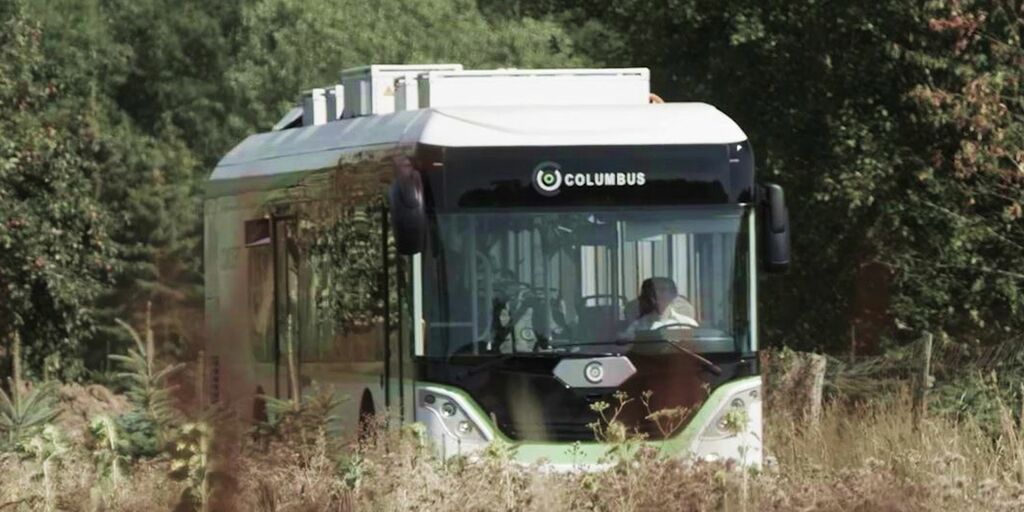
Validation in the field / Telematics
But also, after delivery, we are at our customers’ side. Our VCD software (Vehicle Climate Diagnostics) not only monitors all incoming and outgoing signals and logs all recorded data. Also test modes for hardware and software can be easily imported or set parameters can be changed.
Of course, all data from the telematic can be exported to other systems whenever required. No matter whether it is error analysis or remote maintenance, we always keep an eye on the HVAC system of your vehicle – in field testing or series application.
